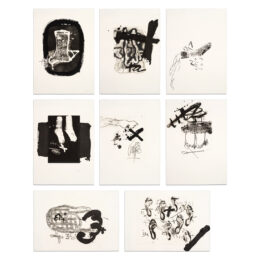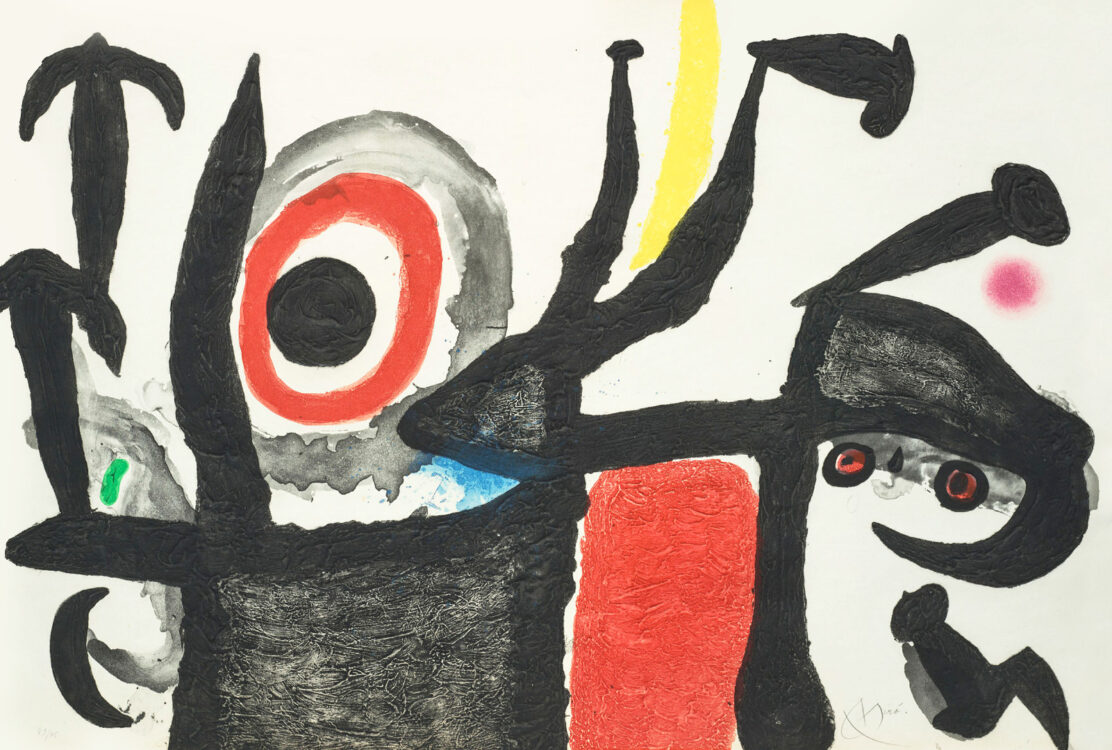


Spanish artists have made a significant contribution to Western art, and the country is home to a number of well-known and renowned artists, such as Velázquez, Goya, and Picasso. During the Baroque and Neoclassical eras, France and Italy had a particular influence on Spanish art, but Spanish art has frequently had very distinctive characteristics, which can be partially attributed to Spain’s Moorish heritage (particularly in Andalusia) and to the political and cultural climate there during the Counter-Reformation and the subsequent waning of Spanish power under the Bourbon dynasty.
Spanish art flourished throughout the Spanish Golden Age, a time of political ascent and later decline. Although in art the start is postponed until the reign of Philip III (1598-1621), or just before, and the end is also postponed until the 1660s or later, the period is widely thought to have begun at some point after 1492 and concluded by or with the Treaty of the Pyrenees in 1659. The style is thus a part of the larger Baroque period in art, even if it also incorporated influences that altered conventional Baroque traits. Notable Baroque masters like Caravaggio and subsequently Rubens had a significant influence on the style. These included the current Dutch Golden Age school of painting and the Spanish national tradition, which gave most of the art of the time a naturalistic focus and avoided the grandiosity of much Baroque art.
Throughout the first half of the 20th century, many prominent Spanish artists were based in Paris where they contributed to and occasionally led advancements in the Modernist art movement. The creation of Cubism by Picasso and the French artist Braque is arguably the most significant illustration of this, and the clearest manifestation of the Synthetic Cubism sub-movement may be seen in the works of Madrid-born Juan Gris. Similar to Joan Miró, Salvador Dal had a significant role in the development of the Surrealist movement in Paris.